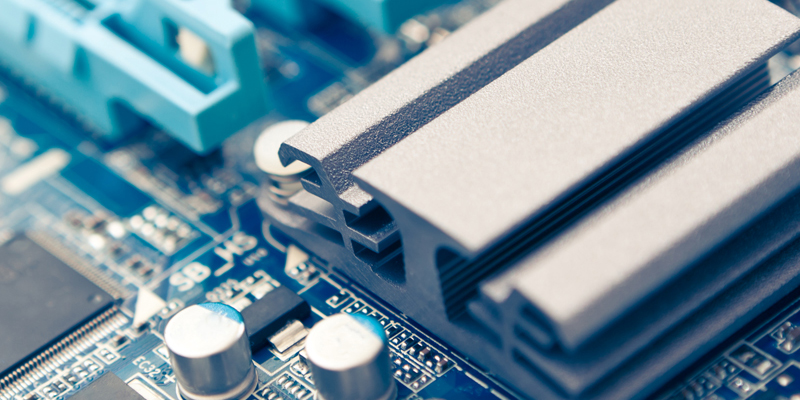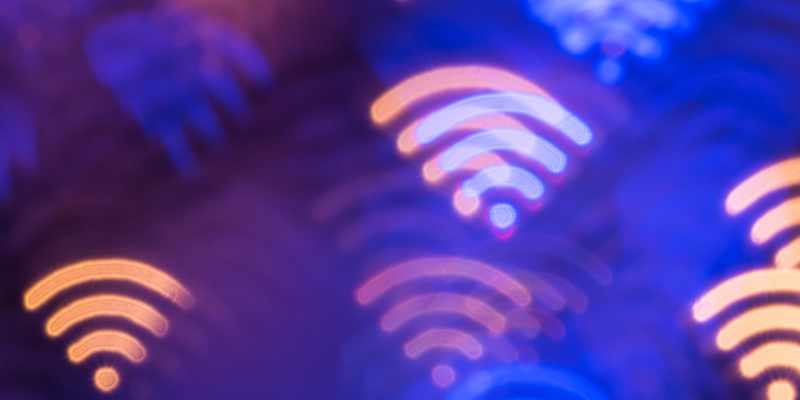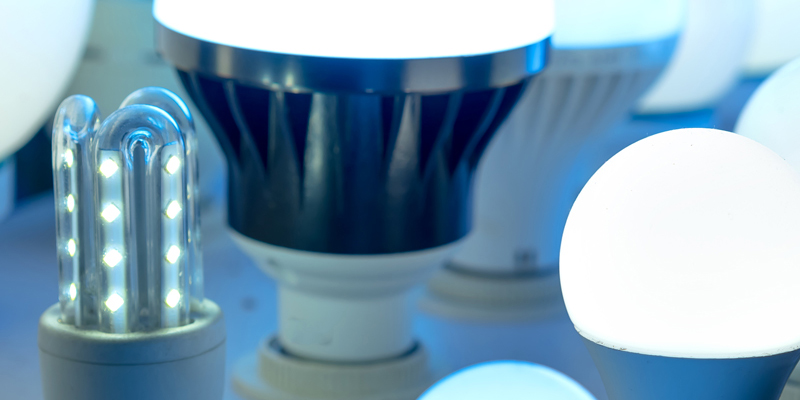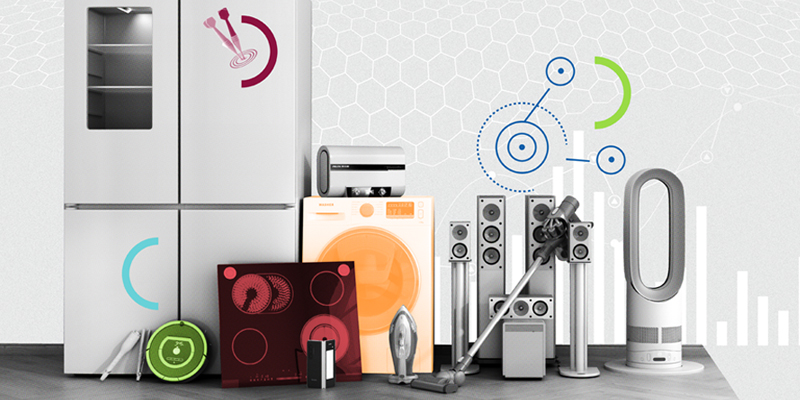Welcome To The 4E Publications Area

EPE Paper – Reliability of WBG, results of a Pre-Scoping Study
This report contains the outcome of this first study on the reliability of Wide Band Gap (WBG) components and WBG-based applications. By summarizing key findings, it leads

EPE Paper – Policy measures to drive WBG for end use equipment
This paper discusses different potential policy measures to support the WBG uptake in end use equipment. The EU product regulations and specifically the potential PV inverter efficiency

EPE Paper – Energy saving potential of WBG-commercial power converters in different applications
This work estimates the yearly global energy savings potential of different power electronics applications featuring commercial wide bandgap (WBG)-based power converters. It is the first study analyzing

EPE Paper – Identifying the potential of SiC technology for PV inverters
Silicon Carbide (SiC) devices offer energy efficiency improvements over conventional silicon (Si) semiconductors. Through measurements and simulation results, this paper intends to quantify this efficiency improvement in

EPE Paper – Switching losses in power devices: From dynamic on resistance to output capacitance hysteresis
In this paper, we review some of the main methods to characterize on-state and off-state losses in wide-band-gap devices under switching conditions. In the off-state, we will

EPE Paper – Measurement of WBG-based power supplies
This paper discusses different measurement methods to evaluate the efficiency of WBG-based power supply solutions, including electrical measurement methods and their verification with calorimetric methods, and compares

EPE Paper – Looking beyond energy efficiency – Environmental aspects and impacts of WBG devices and applications over their life cycle
The environmental aspects and impacts of wide bandgap (WBG) materials such as Silicon Carbide (SiC) and Gallium Nitride (GaN) in specific end-use electronic applications and products have

EPE Paper – Application Readiness Map for WBG-Semiconductor-Based Applications
The Power Electronic Conversion Technology Annex (PECTA) application readiness map for Wide bandgap (WBG) semiconductors describes their expected market position up to 2035. It is based on

Policy Brief – Round Robin for Variable Speed Drives
This Policy Brief summarises the key findings of the international Round Robin for Variable Speed Drives.

Design Aspects and Environmental Impacts of Wide Band Gap Based Semiconductor Technology in Chargers for Electronic Devices
This paper presents the outcomes of the work from PECTA Task B, Energy and environmental related Life Cycle Assessment, conducted between January 2022 and February 2023. See

Policy Brief – Emerging Battery Technologies
Summarises the EDNA report which examined battery technologies for consumer electronics. Considers performance, environmental impacts, cost and market readiness.

Detailed Characterisation for Smart Dynamic Lighting
Smart lighting is gaining ground with increased speed driven by market demands for enhanced comfort, greater energy efficiency and simulating the the natural rhythm of daylight. But

Policy Brief – Coordination between IEC and ISO standards for efficient electric motor driven systems
This policy brief explains the significance of an ISO (International Organisation for Standardization) / IEC (International Electrotechnical Commission) Joint Advisory Group (JAG 22) established in October 2021.

2022 4E Annual Report
Read the 2022 Annual Report for the IEA Technology Collaboration Programme on Energy Efficient End-use Equipment (4E)

4E Evaluation Guidebook – Overview
Summary of the 4E Energy Efficiency Appliance and Equipment Standards and Labelling Programmes Evaluation Guidebook.

4E Evaluation Guidebook
The 4E Evaluation Guidebook is intended to assist impact evaluations of equipment energy efficiency standards and labelling (EES&L) programmes. It explains the methodologies that are proven to deliver robust and credible evaluations within five key steps.

Policy Guidelines for Motor Driven Units, Part 2 – Chinese
This report, available in Chinese, proposes policy options for the international alignment of technical standards and minimum energy performance standards for pumps, fans and compressors.

Policy Guidelines for Motor Driven Units, Part 1 – Chinese
This report, available in Chinese, describes existing standards and regulations for pumps, fans and compressors.

Measurement of temporal light modulation: improving calculation methods for stroboscopic effect visibility measure
The SSL Annex is conducting an Interlaboratory Comparison (IC 2022) on the measurement of temporal light modulation (TLM) from SSL products. In this context, uncertainty associated with

Policies for Data Centre Energy Efficiency: Scope, Trends and Availability of Data
This report proposes a definition and characterisation of data centres, presents trends in their energy use, and analyses the availability of data which might be used as inputs to energy efficiency metrics.




































